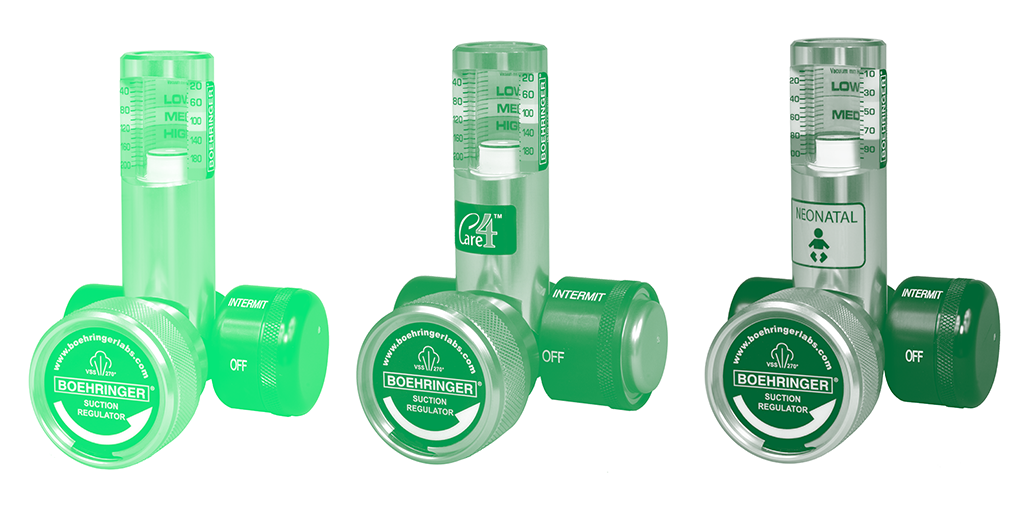An Outpatient Surgery Magazine article prompts us to think about the small steps it takes to move towards a more sustainable surgery. Claire Duncan proposes that “do no harm,” while it guides the culture of patient care, also can extend to the environment. The article focuses on O.R.s, but we think this same philosophy can be attributed to other aspects of the hospital.
Broken down into three sections, the article has listed minor changes that can lead to a more significant impact. By finding new ways to reuse, repurpose, and recycle items, staff can segregate waste. This is achieved by multiple collection bins with indicative colored bags and brief training to make the disposal of different items second nature.
The second change is to rely on reusables, “transition from using disposable supplies to opting for reusable items whenever possible.” Something that might not strike as obvious is items in the hospital that are not meant to be disposables but fall into a high turnover cycle, such as suction regulators. If you use plastic-based regulators, how often are these breaking and must be fixed? Or perhaps, is there bandwidth to fix these items; you are just disposing of them and getting a new one. Although suction regulators are classified as capital, if you dispose of numerous broken regulators a month, isn’t that adding to a build-up of waste, like disposables? Capital is supposed to be long-lasting with low turnover. This is the philosophy Boehringer takes when manufacturing our aircraft quality aluminum constructed suction regulators. (if you need a demonstration of how hard it is actually to break one of these, see our sledgehammer video). Based on a 2018 study, Boehringer suction regulators demonstrated an 89% cost savings over seven years compared to competitive suction regulators. And with a clinical uptime of 99%, our regulators will be on the wall when you need them most (with a >1% warranty repair rate). [1] In addition, our suction regulators are the only ones on the market that can be autoclaved. So now, you have a robust device that will last for years, with a 12-year warranty, and you can also clean the device. Over time, this is a more sustainable and cost-effective approach, as less time and money is being spent on high device turnover.
The last change is maintaining momentum. “Keeping sustainable solutions top of mind can lead to ongoing positive impacts on the environment.” Constantly keep your eyes open for ways to “green” your workspace.
Over the steps of gradual change, “these small steps culminate in big reductions on healthcare’s overall carbon footprint.” It starts by asking questions about how you can make your practice more sustainable. These questions can lead to cost-effective and environmentally friendly options for your practice.
[1] data on file at Boehringer Laboratories
Back to Blog


